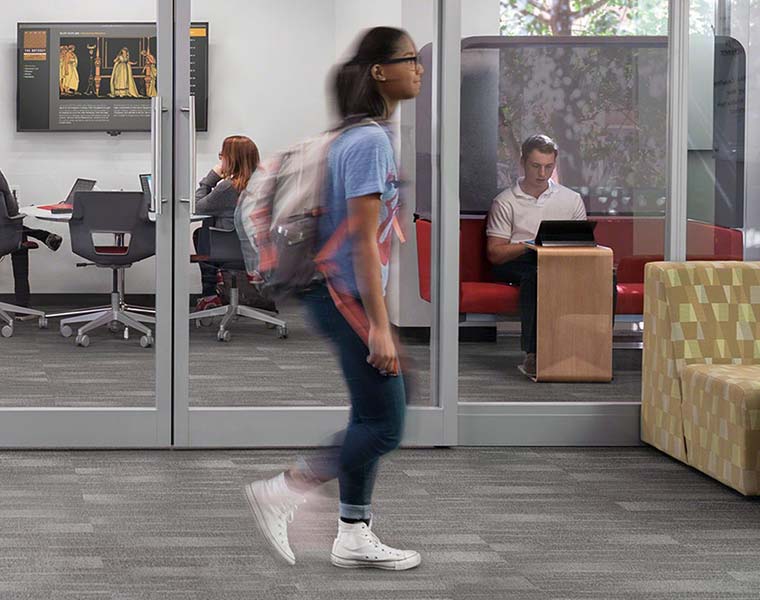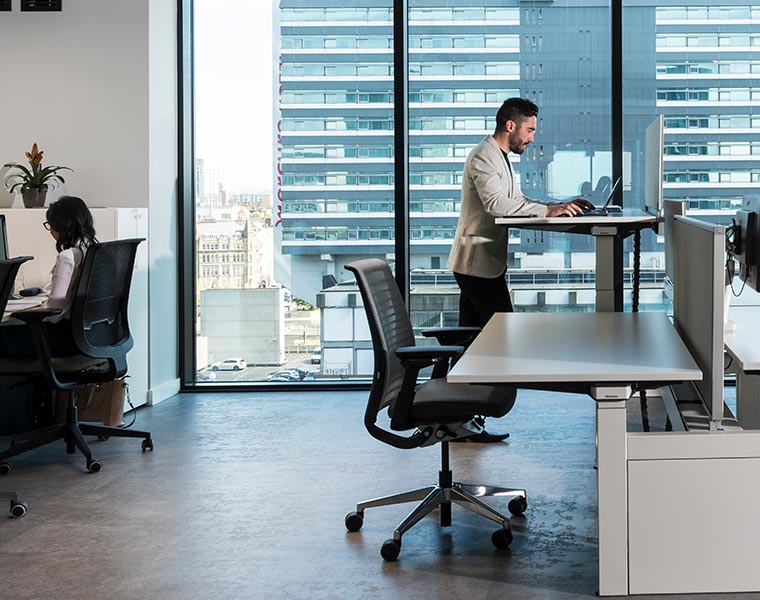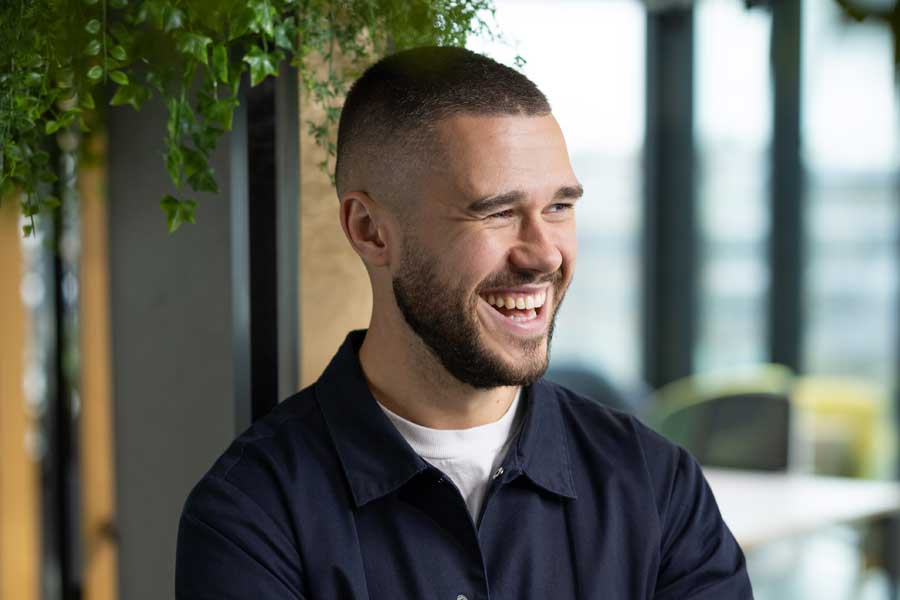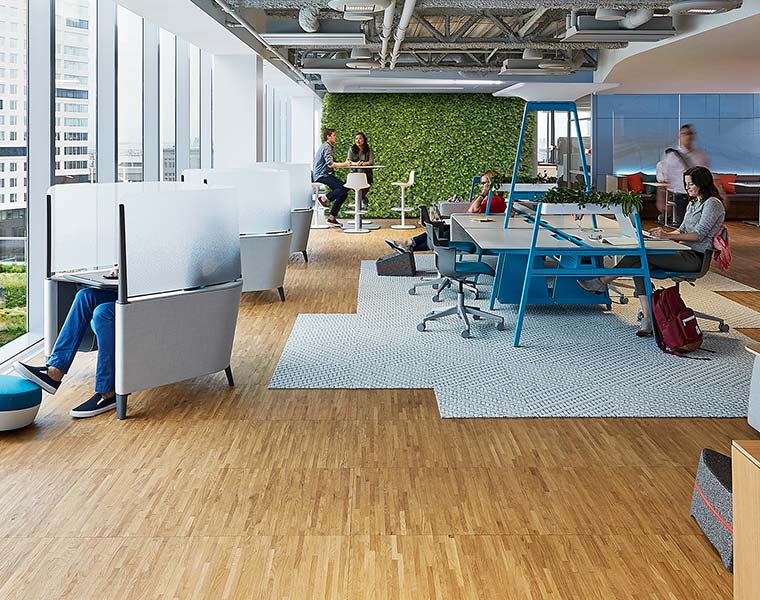There is no doubt that the past few months – and the months yet to come – have had an unprecedented impact on our health and economy. The Coronavirus pandemic has almost changed the world beyond previous recognition and for many businesses, this has compelled fresh perspectives, and it’s no different for office fit out companies and the world of commercial design.
To get an insight into how the industry’s experts are seeing the future form in a post-pandemic world, we sat down for a chat with Penketh Interiors Workplace Consultant, Sam Noton. We spoke about how video conferencing is sustaining the communication of teams who are now distributed geographically as a result of social distancing and how we could be on the brink of a potential ‘office renaissance’…

How is Coronavirus shaping the future of office fit out companies?
“I think we will see end-users suddenly ‘getting it’ with regards to agile and flexible approaches to working. The COVID-19 pandemic so far has taught most organisations that they can work effectively in an agile manner, more so than they may have previously been prepared to. On the flip side, I think people will appreciate being able to go into the office more, treating it like a destination. People will appreciate how easy it is to communicate and get work done face-to-face, which may trigger another office renaissance.”
Although agile working and more flexible approaches to teamwork are becoming more commonplace, there are still many businesses which remain anchored to the security of tradition. Perhaps, having their hands forced by the social distancing guidelines around Coronavirus will now bring them round to the great potential and multifaceted benefits that more adaptable and fluid approaches to work can bring.
Perhaps, simultaneously, employees who have been chasing ‘workplace perks‘ like working from home and operating remotely will now view resident working – i.e. being back in the office – more fondly. This is what Sam is referring to as the ‘office renaissance’ whereby, after an extended period of being obligated to distribute and physically disconnect, teams will have a consequential desire to collaborate in person and communicate face-to-face.

How to make your office design more agile and flexible
As we mentioned, a huge proportion of businesses today are already embracing more agile ways of working and measures to adopt a more flexible company culture but there is still work to be done.
On the frontline of the industry, our experts, like Sam, see this first hand. So, the post-Coronavirus climate could mean more customers going to office fit out companies with aims to make their working environments more adaptable and engaging for those who want to work in it – and if a renaissance is on the horizon, this could mean more people choosing to be in the office.
For the time being, this will all need to adhere to government guidelines around workplace safety and one of the most popular solutions so far for ensuring this is sneeze guards and protective screens.

In the meantime, here is some advice on the ways in which you can go about future-proofing your business for the months and years to come…
Mobile and integrated power
If you want staff to be more physically agile when moving around the workspace, they’re going to need the resources which will help them stay productive, comfortable and focused. Portable power and power integrated furniture makes this possible by ensuring connectivity no matter the posture, location or activity.
Read more about how mobile power is modernising the workplace of today
Create an ecosystem of micro-environments
Part of adopting a flexible working culture is acknowledging that not everybody works the same and not everyone responds to being sat at a desk, on a task chair, in front of their screen. Some may like to take their device to a privacy booth; others may prefer to take a pen and paper to a breakout space or huddle room with some colleagues.

To truly succeed in becoming an agile business, you need to cater for these different working styles and personalities. The best way to do this is by creating a variety of diverse work settings (from meeting rooms to social spaces) which work as micro-environments (or neighbourhoods) as part of the wider ecosystem.
Read more about the concept of neighbourhoods and micro-environments
Facilitate both digital and analogue work
When considering these cohesive work settings and considering different working styles, it’s essential to accommodate both digital and analogue creativity. Not everybody wants to be hooked up to technology at all times – some work and contribute more effectively through more traditional means such write-on walls or the art of sticky note collaboration.
Read more about how you can cater for both digital and analogue work



